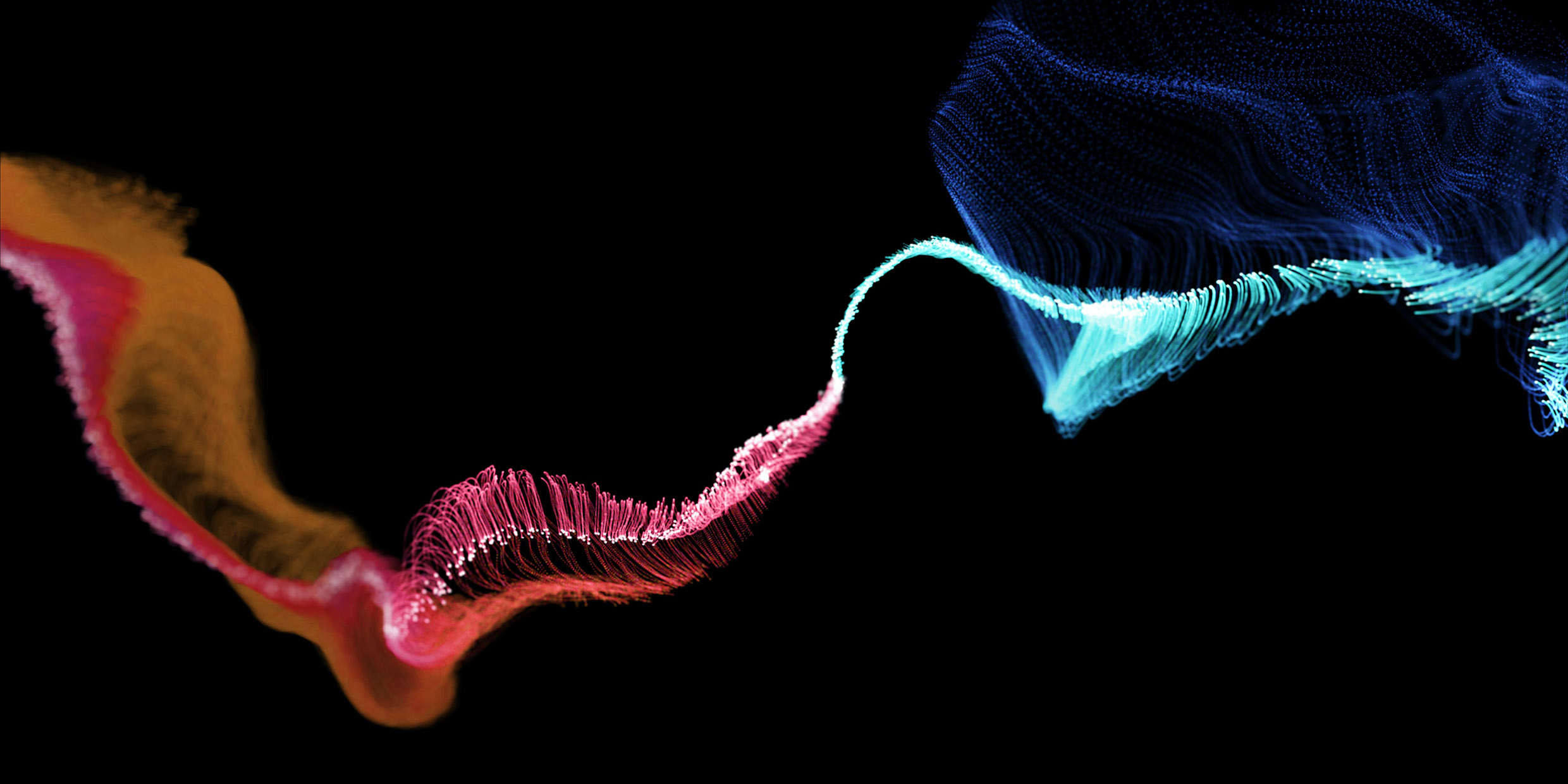Originally published 26 May 1997
“Perhaps we are here only for saying: House, Bridge, Fountain, Gate…,” says the poet Rainer Maria Rilke.
These are good words, life words, lapped with memories of happiness and pain. They touch something deep within us.
The poet continues: “But to say them…oh, to say them more intensely than the Things themselves ever dreamed of being.”
It is the poet’s task to infuse simple words with grander meaning. Scientists, too, must communicate their discoveries with the language of ordinary life: Heart, milky, fountain, gush.
And so the headlines a few weeks ago:
“Fountain of Antimatter Discovered in Milky Way.” (Washington Post)
“Milky Way’s Heart Gushes Antimatter.” (Science News)
“Antimatter Found Gushing from Milky Way.” (CNN Interactive)
“Annihilation Fountain Found in Milky Way.” (Reuters)
And we respond. The words touch us. “Antimatter” suggests the future, the mysterious, potentiality. “Milky Way” is home, the enclosing sky, nourishment. “Fountain” is refreshment, rebirth, the Garden of Eden.
Without quite knowing why, we are excited by the story. We want to know more. Here is the universe on the grandest scale, spilling its secrets into our own lives.
In 1927, the English physicist Paul Dirac, pondering the equations that govern subatomic particles, predicted that every particle should have a kind of mirror image, or “antiparticle.”
The electron, with its negative charge, should be complemented by an anti-electron, or positron, alike in every respect except for having a positive charge. The positively-charged proton should be complemented with a negatively-charged antiproton. And so on.
According to Dirac, the laws of physics implied that antimatter should — or could — exist.
If it does exist, then positrons and antiprotons can form antimatter atoms. Antimatter atoms can make antipeople, antiplanets, antistars, antiworlds.
There is just one problem. If matter and antimatter meet, they will annihilate each other in a burst of pure energy, called gamma rays.
Five years after Dirac’s startling prediction, positrons were produced in the laboratory. Today, at high-energy particle accelerator labs, the production of antimatter is commonplace. These antimatter particles are born into a world of matter. Immediately, they meet their matter complements and vanish in a puff of gamma energy.
It takes lots of energy to make antiparticles. They vanish of their own accord.
As far as astronomers know, the observable universe is made almost entirely of matter, not antimatter, and this presents a puzzle.
Matter and antimatter should have been created in equal amounts in the furious first moments of the Big Bang. But if other parts of the universe were made of antimatter, we would see a flood of gamma radiation from mutual annihilation at the boundaries where domains of matter and antimatter meet.
So where is all the antimatter today?
Physicists have long pondered the problem, and may have an answer. It seems that just before the universe was a millisecond old, matter and antimatter annihilated each other in a sweeping extinction. But a tiny asymmetry was built into the universe, so that matter dominated over antimatter by one part out of 100 billion.
Why the built-in asymmetry? In the first 100 billion-billion-billionth of a second of the universe’s history, particles called X particles and their antiparticles were created in equal numbers. These began to decay into other particles — quarks and leptons (which include electrons and positrons).
But the decay rates of Xs and anti-Xs are not equal, for reasons that are still not fully understood. Equal numbers of Xs and anti-Xs decayed into unequal numbers of quarks and antiquarks, electrons and positrons. Quarks and antiquarks linked up to form protons and antiprotons. As the universe expanded and cooled, a tiny preponderance of matter over antimatter was frozen in.
When the epoch of annihilation ended, only matter remained.
All of this happened before the universe was less than a thousandth of a second old!
And now we discover a fountain of positrons gushing from the center of the Milky Way Galaxy, 30,000 light-years away. These are certainly not antimatter particles left over from the Big Bang; they are being produced in prodigious numbers by some kind of super-energetic events taking place at the center of the galaxy, perhaps matter streaming into massive black holes.
The antimatter positrons are squirted outwards. They encounter electrons. We observe the same gamma radiation that we see on Earth when electrons and positrons meet in mutual annihilation, an energy 250,000 greater than that of visible light.
We observe this energy with a gamma-ray telescope lofted into space from the surface of our planet.
We observe. We speak. We couch these colossal events in words: “Milky Way’s Heart Gushes Antimatter.” We give voice to a universe that is wild and strange beyond our imagining.
A fountain of antimatter particles, 3000 light-years tall, spewing from the energetic center of the Milky Way galaxy — mysterious, ephemeral, telling of the beautiful and terrible Creation itself, of forces and powers we may never fully understand. How can words communicate such knowledge?
Heart. Milky. Fountain. Gush. “Praise this world to the angel,” says Rilke. “Do not tell him of the untellable… Tell him things.
“He will stand astonished.”



